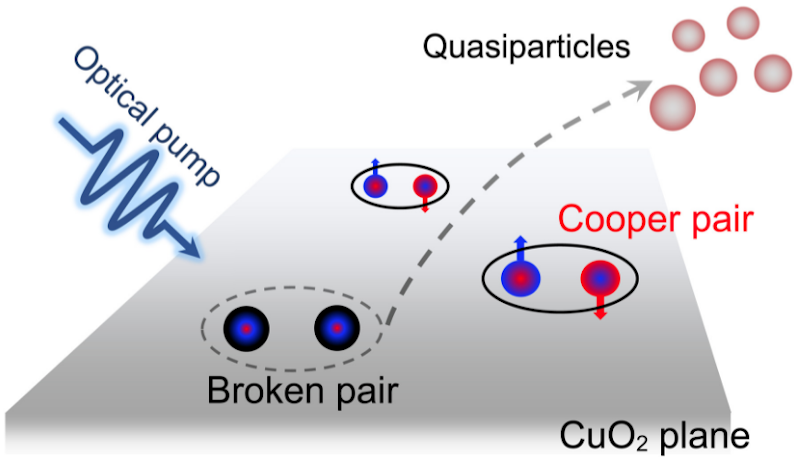Once upon a time, making a superconductor required extremely cold temperatures. Scientists understood why superconducting materials could move electrons without loss, but the super cold temperatures were a problem. Then in 1986, a high-temperature superconductor was found. High temperature, of course, is a relative term. The new material works when cooled to a frosty temperature, just not a few degrees off of absolute zero like a conventional superconductor. Since then, the race has been on to find a room-temperature superconductor that doesn’t require other exotic conditions, such as extreme pressure. Department of Energy scientists may have found a different path to get there: X-ray light.
The problem is that scientists don’t fully understand why these high-temperature superconductors work. To study the material, YBCO, scientists chill a sample to it superconducting state and then use a magnetic field to disrupt the superconductivity to study the material’s normal state. The new research has shown that a pulse of light can also disrupt the superconductivty, although the resulting state is unstable.
The research shows that charge density waves, which can serve as markers for superconductivity, occur when the samples are exposed to a magnetic field or to high-energy light pulses. While this is a far cry from creating room temperature superconductors, further study of the mechanism that allows light and magnetic fields to cause similar changes in the material could lead to a better understanding of the physics and maybe — one day — room-temperature superconductors.
Want to make your own YBCO? Go for it! Of course, you can already get room-temperature superconductors if you can stand the pressure.
















superconductors.org claims that we already have room temperature superconductors. The problem appears to be that only very tiny bits of superconductor can be made, not enough even to make a short wire.
Didn’t check the site, but my understanding of RTSC is that right now these phases occur under the kinds of pressures that can only be created by diamond anvils or explosives.
a friend of mine did his PhD thesis on using X rays to
modify the energy output from an exploding pellet of iron
basically he was dropping pellets of iron into liquid nitrogen, which explode just like red hot pellets of iron do when dropped into water
he postulated it was a “rapid rearrangement of the outer electron shell”
his apparatus used a flask of liquid nitrogen, with a high powered x ray source aimed at the entry point of the pellet
he managed to show that he could effect the “outcome”, then the whole thing was classified